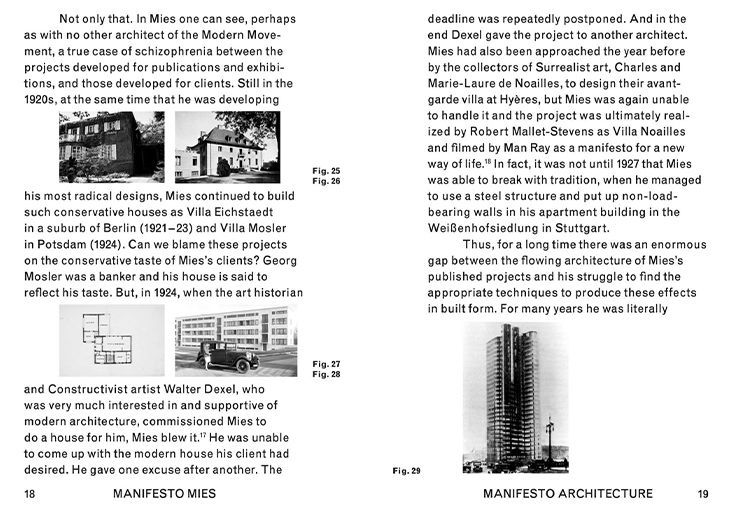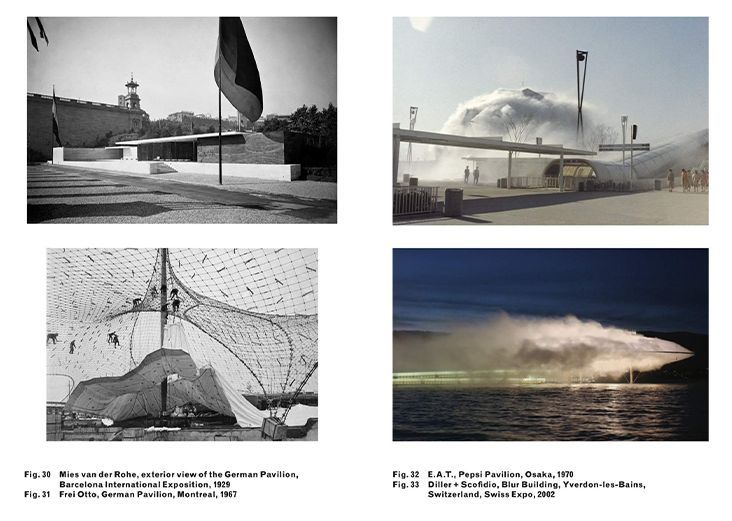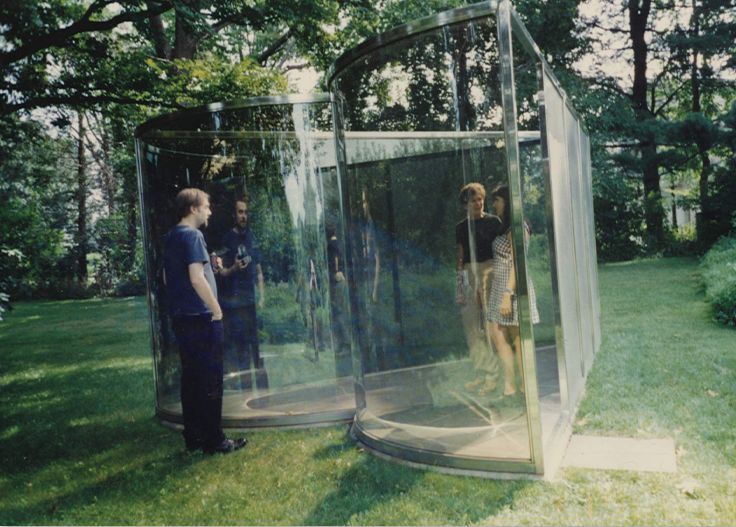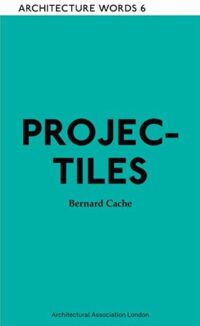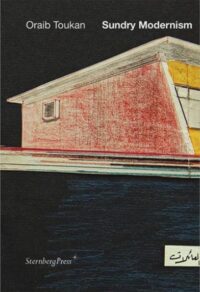Manifesto Architecture
The Ghost of Mies
Edited by Nikolaus Hirsch, Markus Miessen
Featuring artwork by Dan Graham
Featuring artwork by Dan Graham
€15,00
In stock (can be backordered)**stock child *
The history of the avant-garde (in art, architecture, literature) can’t be separated from the history of its engagement with mass media. It is not just that the avant-garde used media to publicize its work; the work did not exist before its publication.
110 pages, 109 illustrations
Paperback with jacket, 10.5x15 cm
English
Sternberg Press, 1st edition 2014
ISBN 9783956790003
Paperback with jacket, 10.5x15 cm
English
Sternberg Press, 1st edition 2014
ISBN 9783956790003

